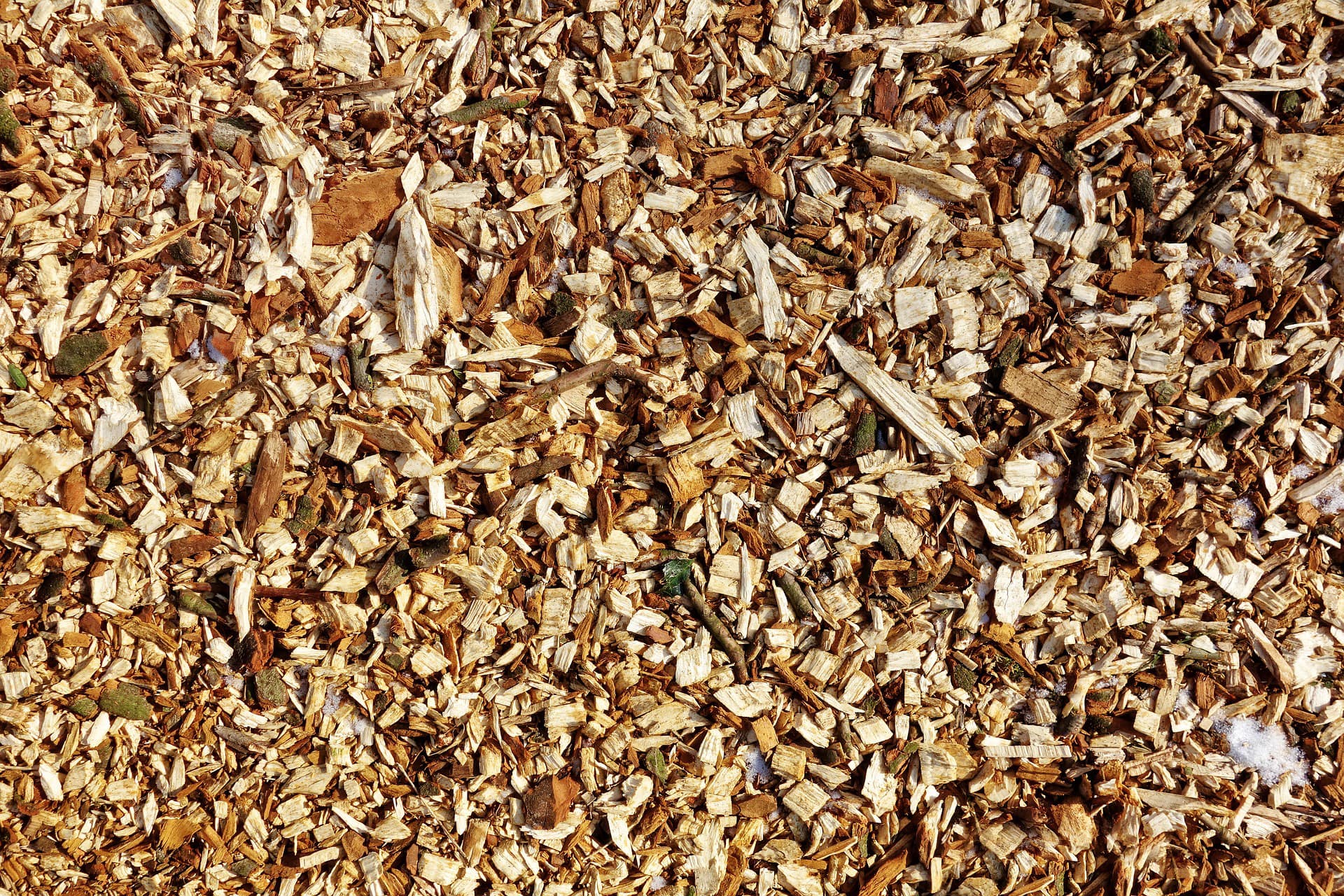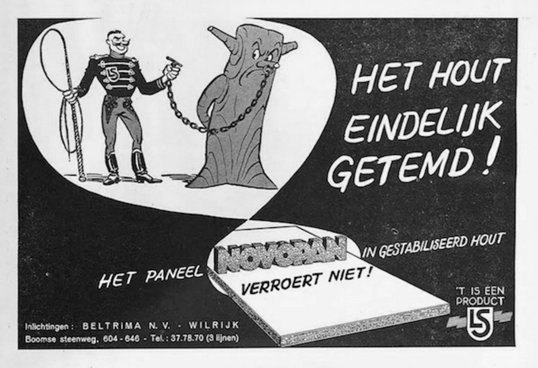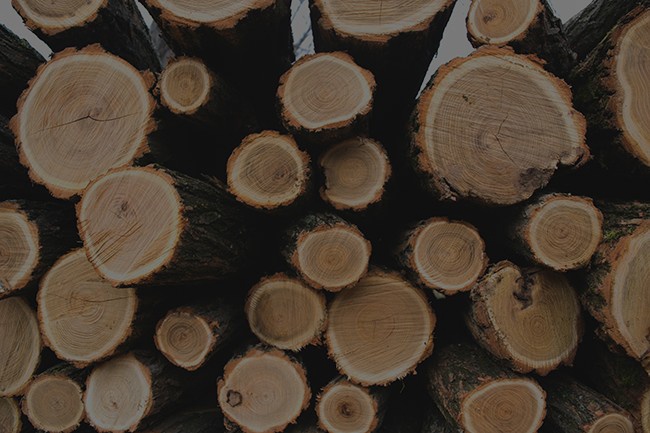This post is part of Plyco’s Guide to Particle Board
Particle Board (sometimes lovingly referred to as “chipboard”) is one of the most versatile products we stock here at Plyco. When it comes to Particle Board the old adage of “never trust a book by its cover” and “looks can be deceiving” ring absolutely true. From first glance, it looks simply like one of our Construction Plywood products and many people would assume that it’s not useful for much more. However, once you explore the wide world of Particle Board you’ll find that this couldn’t be further from the truth!
The lowdown on Particle Board is that it is a high density, strongly bonded, economical and general-purpose board made of large wood particles in the core and finer particles on sanded surfaces. While it’s relatively easy to boil down the essence of Particle Board into a catchy one sentence description, in reality, it’s a far more complex product than most people realise. It’s much more than gluing some wood particles together and calling it a day. The creation process behind one of Plyco’s most reliable products actually offers a wealth of knowledge about Particle Board, and knowing about it can help you get the most out of your boards.

How is Particle Board Made?
The Particle Board process is actually quite complex. It starts by taking wood chips and mixing them together with a resin and moulding it into the shape of a sheet. This raw Particle Board is then passed along to a disc chipper. This is a wood chipper that essentially uses several knives mounted upon it as its chipping mechanism. That might sound a little sketchy, but we promise it’s the correct way to do things! This type of wood chipper is used because it tends to result in a more consistent and reliable size for the wood chips. These particles are then dried and the chips that are too big or too small or discarded.
Resin is the then sprayed onto the sheet as a fine mist. At this point in the manufacturing cycle, waxes, dyes, wetting agents, and release agents will be used on the board if a Moisture Resistant variety is being created. While this doesn’t make your Particle Board waterproof, it does give you a product that can easily withstand exposure in damp areas.
After the Particle Board passes through the mist, the chips are layered into what is known as a carpet, which is then separated into “blankets”. These are then compressed in a cold press and passed along to a different press which utilises immense pressure and heat to harden the glue used on the board. Finally, once everything cools down some trimming and sanding will be done and then it’s off to Plyco!

A hydraulic heating press used in the Particle Board manufacturing process.
Particle Board 101
Much like many of the Plywood products available at Plyco, the origin of Particle Board dates back a couple of centuries. It originated in Germany and was first produced in 1887, where an “artificial wood” was claimed to have been made by combining wood flower, adhesive, and intense temperature and pressure. The popularity of Plywood had begun increasing around this time too, resulting in the availability of phenolic resin becoming much more widely used. This led to German pilot and inventor Max Himmelheber making one of the first genuine sheets of Particle Board out of floor sweepings, wood chips, and off-cuts during the Second World War. The first commercial piece of Particle Board would also be created around this time. Eventually, it was discovered that using chips of uniform size would allow for increased strength, resulting in companies mass producing the product that we all know and love today.
Particle Board is a wondrous product. Whether it’s the ability to be utilised in so many ways such as flooring or furniture, or the fact that the prices to buy Particle Board are so low compared to other comparable products, almost everybody can find something to love about it.

An advertisement for Particle Board from the 1940s.
At Plyco we have put together the most comprehensive range of Particle Board products, including our Tongue & Groove Particle Board Flooring, Veneered Particle Board, and High Moisture Resistant options, all of which take the classic material and put a slight twist on it to unlock a brand new world of possibilities. The advantages of Particle Board are numerous, so why not jump over to our online store where you can browse our entire range! If you’re still curious and want to learn more, check out our other posts as part of this guide, including detailed looks at the properties and potential uses for this beloved all-rounder.


.svg)

.png)
.png)







